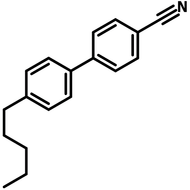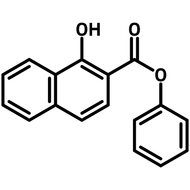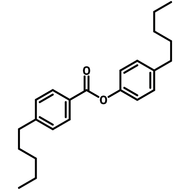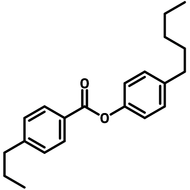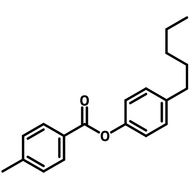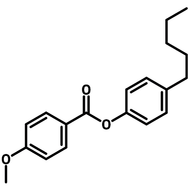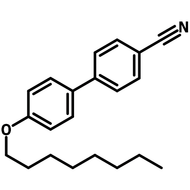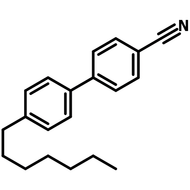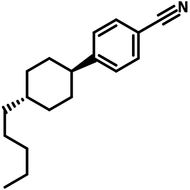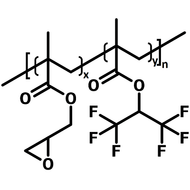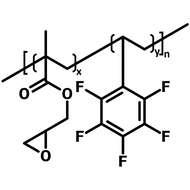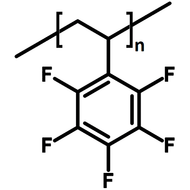Optoelectronic Materials
Optoelectronic materials have the unique ability to interact with and manipulate photons and electrical energy, resulting from their structures which are often conjugated. These materials are at the functional centre of many devices that drive modern technology, from simple light-emitting diodes (LEDs), displays, and photovoltaics. They include a wide range of compounds, such as semiconductors, conductive polymers, and liquid crystals, each with tailored properties for specific applications.
Key Features
- Light manipulation. Optoelectronic materials can absorb, emit, or modulate light, allowing them to convert electrical signals into optical signals and vice versa. This is crucial for devices like LEDs, lasers, and photodetectors.
- High efficiency. Many optoelectronic materials are designed to operate with high efficiency, ensuring minimal energy loss during the conversion between electrical and optical signals. This is particularly important in solar cells and energy-efficient lighting solutions.
- Tunability. The optical properties of these materials, such as their emission wavelength, can often be precisely tuned by modifying their chemical structure or by applying external stimuli.
Browse Optoelectronic Materials
Related categories: photonic and optical materials, liquid crystals
